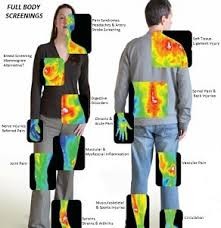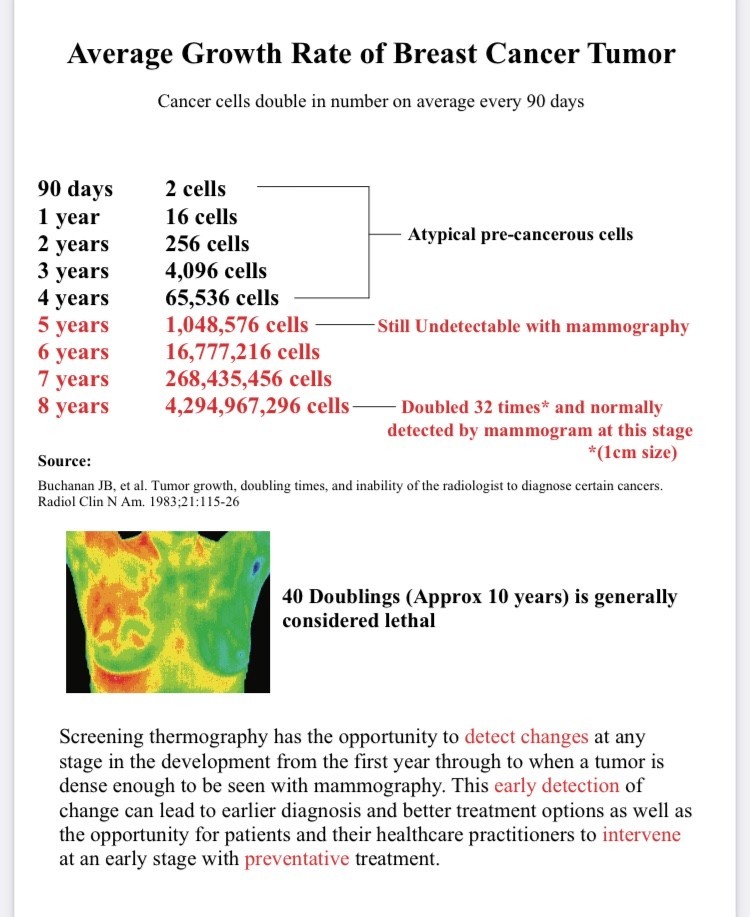We caught up with the brilliant and insightful Leslie King a few weeks ago and have shared our conversation below.
Leslie, looking forward to hearing all of your stories today. We’d love to hear the story behind how you got your first job in field that you currently practice in.
I have worked in healthcare for over 25 years and formed a passion for preventative healthcare. So much of our healthcare is focused on patient care after we are sick or showing symptoms. When I learned about Thermography and how it is a safe, non-invasive, affordable means to learn about what is going on in your body before it is too late to do anything about it, I was sold. A thermogram enables the examiner to assess physical injuries, disease and its progression, and validity of treatment by showing thermal abnormalities in the body. It was an easy transition for me because I know I am helping people stay healthy and take ownership over their health.

Leslie, before we move on to more of these sorts of questions, can you take some time to bring our readers up to speed on you and what you do?
Knoxville Thermography provides thermal imaging by mapping heat in the body created by the nerves system. We are looking for the indicators of disease in the body. There is no contact, radiation, pain and noninvasive.
There is a high degree of thermal symmetry in the body. Abnormal subtle temperature changes creating asymmetries can indicate pathology or dysfunction. Digital Infrared Thermal Imaging (DITI) can help identify these asymmetries, and often at earlier stages than other diagnostics can see.
How does DITI work?
An infrared screening device is used to convert infrared radiation emitted from the skin surface into electrical impulses that are visualized into color on a monitor. The visual image graphically maps the body temperature and is referred to as a thermogram. The spectrum of colors indicates an increase or decrease in the amount of infrared radiation being emitted from the body surface. Since there is a high degree of thermal symmetry in the normal body, subtle abnormal temperature asymmetry’s can be identified.
Clinical Uses of DITI:
1. Define the extent of a lesion of which a diagnosis has previously been made
2. Localize an abnormal area not previously identified, so further diagnostic tests can be performed.
3. Detect early lesions before they are clinically evident
4. Monitor the healing process.
DITI’s major clinical value is in its high sensitivity to pathology in the vascular, muscular, neural and skeletal systems, This can contribute to your healthcare provider’s diagnosis.

Do you think you’d choose a different profession or specialty if you were starting now?
Yes, I would definitely choose Thermography again.
I love Health Care and understand the importance of staying healthy by making good choices for myself and others.
The information that thermography provides is very impressive. Being able to detect a disease or pathology early allows you to do something about it, like a detox or cleanse. You can work with your healthcare provider to slow or stop the growth or pattern.
When you return for your follow-up, you can see if what you did worked or if you need to try something different.

Any stories or insights that might help us understand how you’ve built such a strong reputation?
Educating people by attending expos, marketing meetings, using social media, visiting medical facilities to talk to the staff. I have a great relationship with The Health Factory and I was able to get my message out to their members. I am open all modalities of communication to talk about the benefits of using Thermography for early detection and preventative healthcare.

Contact Info:
- Website: www.KnoxvilleThermography.com
- Instagram: Knoxthermography
- Facebook: Knoxville Thermography
Image Credits
Taryn Faro for Head Shot Image


